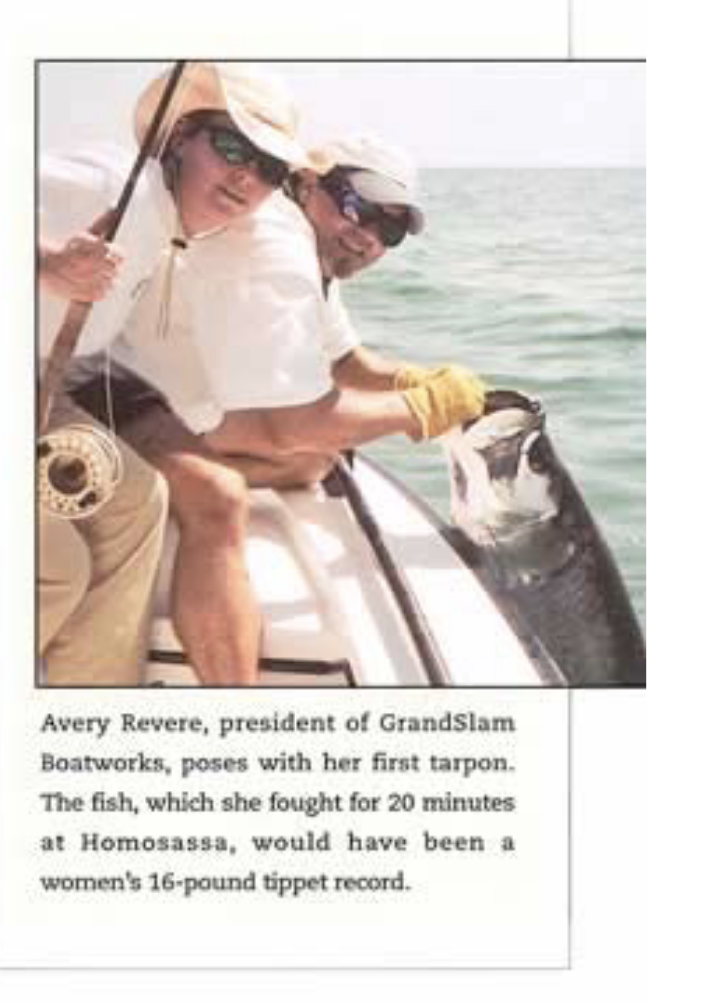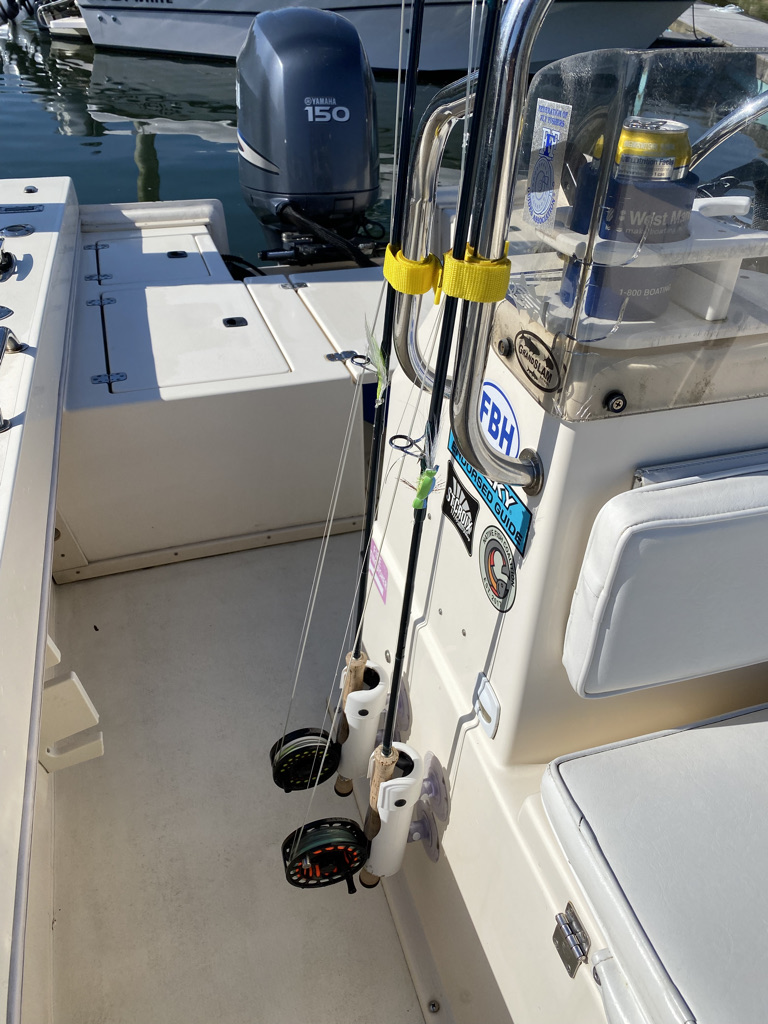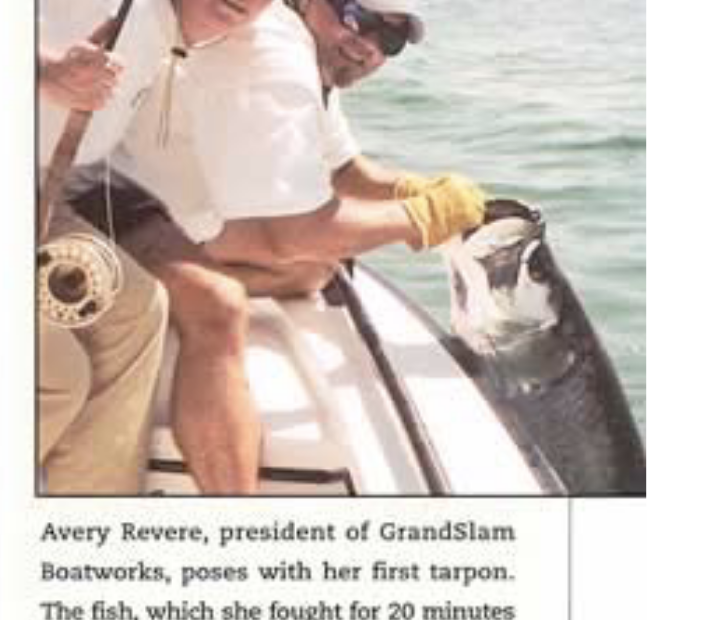A week ago I attended the Women’s Fly Casting Clinic where I caught some new fly casting & fishing tips. The clinic was sponsored by Cape Cod Trout Unlimited and Osterville Anglers Club. Orvis Fly Casting Instructor Chris Kodorda conducted the clinic.
The clinic was well attended with fifteen women of various casting abilities taking part.
For me, much of the clinic was confirmation. As my post from early April states, it’s all about the fly line! You can spend hundreds, if not thousands, of dollars on a fly rod and reel. And the truth be told, one of my favorite fly fishing rods comes with a $1275 price tag. Sadly, I don’t actually own this very expensive fishing rod, my client does. I just get lucky enough to cast it once or twice a trip.
Same for the reel. If you are fly fishing for big game offshore, get the right reel for the job. However, if you are striper fishing, purchase a moderately priced reel that is light weight, as you will be casting that rod a lot and the weight of the reel takes its toll on your casting arm.
But back to the casting clinic…and fly casting & fishing tips…
I think the most interesting part of the clinic for me was Chris’ demonstration for “fighting” a fish. I’m a teach by demonstration instructor and learn by doing. Chris articulated the power of a fishing rod in various angles. Simply put, pulling straight up on the rod is not only the least powerful way to catch a fish, but also it often just pulls the fly right out of the fishes mouth.

The best way to “fight” a fish is to pull the rod sideways, at a low angle, against the direction of that the fish is pulling/traveling. This has always been instinctive for me, but now I can share the knowledge with my clients. Also, when fishing for stripers, a strip strike is essential. A strip strike is when you pull on the line to set the hook. In actuality, it’s both a strip strike and a rod strike. I’m not a trout fisherman, so it’s fair to say that I don’t totally understand the correct strike for river fishing.
A safe way to store your fly rods

Finally, I was asked how I store rods on my center console. My boat is designed for fly fishing with recessed deck hardware (cleats & navigation lights), and fantastic under gunnel rod storage. However, the rods that are “in use” are stored as shown in the picture above.
I use the suction cup fly rod holders made by I FLY, however, I never close the “cuffs”. I find that simply inserting the rod butts into the holders and strapping the upper part of the fly rod with a leader friendly velcro ties provides solid holding power (even in gusty winds) and easy access.
Take a look around your own boat and see if you can find a safe and accessible spot for your fly rods. T-tops usually rule out the console area, but offer other possibilities for securing your fly rod.
